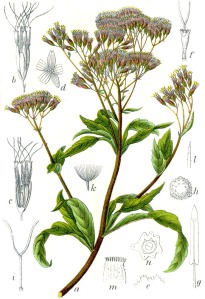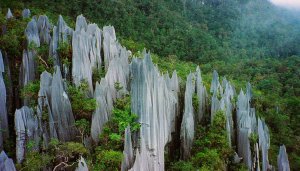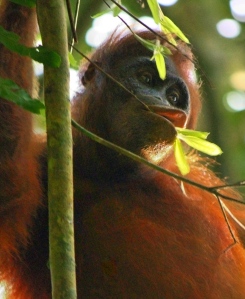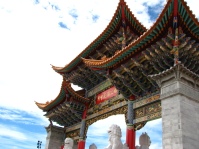The field of scientific visualization represents an authentic connection between the arts/design and the STEM disciplines. Daniel Keefe (http://www-users.cs.umn.edu/~keefe/dfk_iweb/Home.html) and David Laidlaw (http://cs.brown.edu/~dhl/) recently reported on what they’ve learned through the their teaching in the field of Virtual Reality (http://ivlab.cs.umn.edu/papers/Keefe-2013-VR-Design-for-STEAM.pdf). VR is advanced visualization technology that has broad appeal for undergraduates of all disciplines.

Nicole Stenger with VPL gear. Stenger is a French-born, American artist and pioneer in Virtual Reality.
The authors discovered that when art and STEM students worked together on Virtual Reality data visualization projects, they each began to develop some expertise in the other’s discipline. This exploration improved cross-disciplinary communication, facilitating the collaboration.
The authors incorporated important elements of art classes into their teaching. For one, they used a critique-style discussion of work-in-progress. Scientists knowledgeable about the data joined in. They found these classroom critiques so useful that they brought this teaching/learning technique into other computer science courses. (I could see how art-style classroom critique could be useful in other STEM courses as well.) Both groups of students faced the additional challenge of effective communication with the scientists whose research they were representing. In life-after-university, this third party could represent a client or additional collaborator.
They also emphasized the importance of “sketching” prior to programming. Sketching took various forms including paper & pencil, a series of concept sketches using Adobe Illustrator, acting out possible user experiences, short films, sculptures, and prototyping in the CavePainting virtual reality system. Data display environments help to align sketches with the reality of the data.
This paper causes me to reflect on my own teaching and on the importance of reflection for learning. It’s important to slow down, develop lots of ideas, get lots of feedback, and learn how to understand each other.
The paper described here was published in the refereed proceedings of the 5th International Conference on Virtual, Augmented and Mixed Reality 2013 which was held as part of the 15th International Conference on Human-Computer Interaction.








You must be logged in to post a comment.